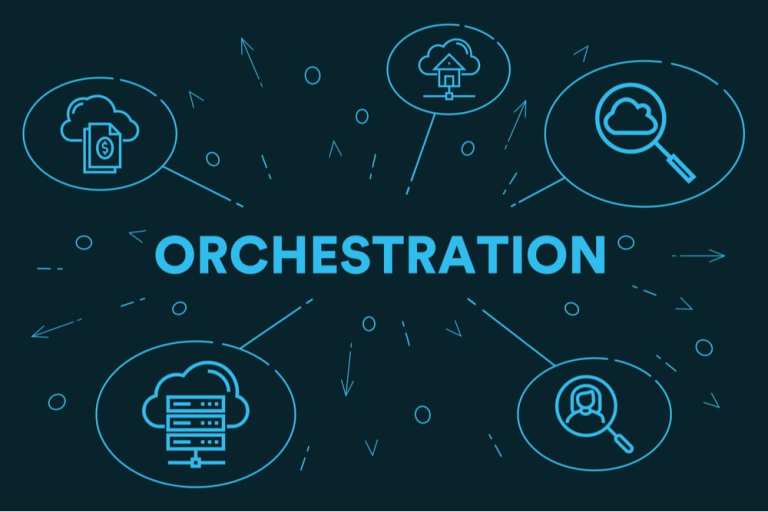Why Merchants Should Look For Payments Orchestration

FinTechs are helping merchants coordinate all of the different components that a payment entails with payments orchestration. Modo CEO Bruce Parker told PYMNTS that the term signifies “the ability to keep track of all of the different moving parts of a payment” throughout its entire lifecycle. In the old days, however, those in the payments business would generally split the payment lifecycle into what many people would call the front end and the back end — or payments transaction processing and then clearing, settlement and reconciliation.
The idea with payment orchestration is to discuss the whole payment process and all of the steps that are required. In the past, however, the industry would think of fraud and risk management as separate processes and managing the data associated with payment details as well as credentials as a separate task. The point of payment orchestration, however, is to say that nobody needs to learn all of the different elements that are involved in operating a payment, and they may or may not want one provider for all of those components.
Parker says orchestration is then how one handles everything required for a payment throughout its lifecycle with all of the steps or providers that might be involved. In today’s payments world, however, many older technologies exist. They are complicated to maintain, and it takes a long time for firms to try something different or new. If, say, large enterprises want to incorporate a new payment method, type, service provider or processor, that task can take millions of dollars and the better part of a year to accomplish.
Whether companies are business-to-business (B2B) or business-to-consumer (B2C), it is a big deal to add a new method of payment. Many companies have shied away from making massive changes to their payment environments. They tend to have one processor per card, and they tend not to route those transactions. They might have very manual processes for dealing with end-of-the-day accounting procedures (i.e., reconciliation). And many have left that system alone, as they didn’t want to touch it or break it. In many respects, however, the time has run out as there are new payment methods that are very important.
Consumers want different forms of financing, and loyalty is important in different ways. At the same time, other forms of proprietary payments exist. And there is a tremendous business value of being able to route between various providers. A lot of the cutting-edge companies have done great work in payments and Parker pointed to Airbnb, Netflix, Uber and Lyft as examples. Amazon, too, has invested a tremendous amount in its payments stack. As a result, other organizations want to be competitive and keep up with those innovations.
Parker notes that organizations that invest in the ability to have payments orchestration receive a huge return. They gain speed and the ability to reduce costs by routing between different providers. At the same time, customization in payments and having the ability to make business decisions from a risk as well as a relationship perspective is important to many companies as they compete in the marketplace. If companies receive a one-sized-fits-all approach, they might not be able to stand out in the ways that they wish to do so in retail.
FinTechs, however, offer cloud-native payments stacks that let organizations have one connection to them, and they can reduce — if not eliminate — the need for change in their environment as they turn to payments orchestration.